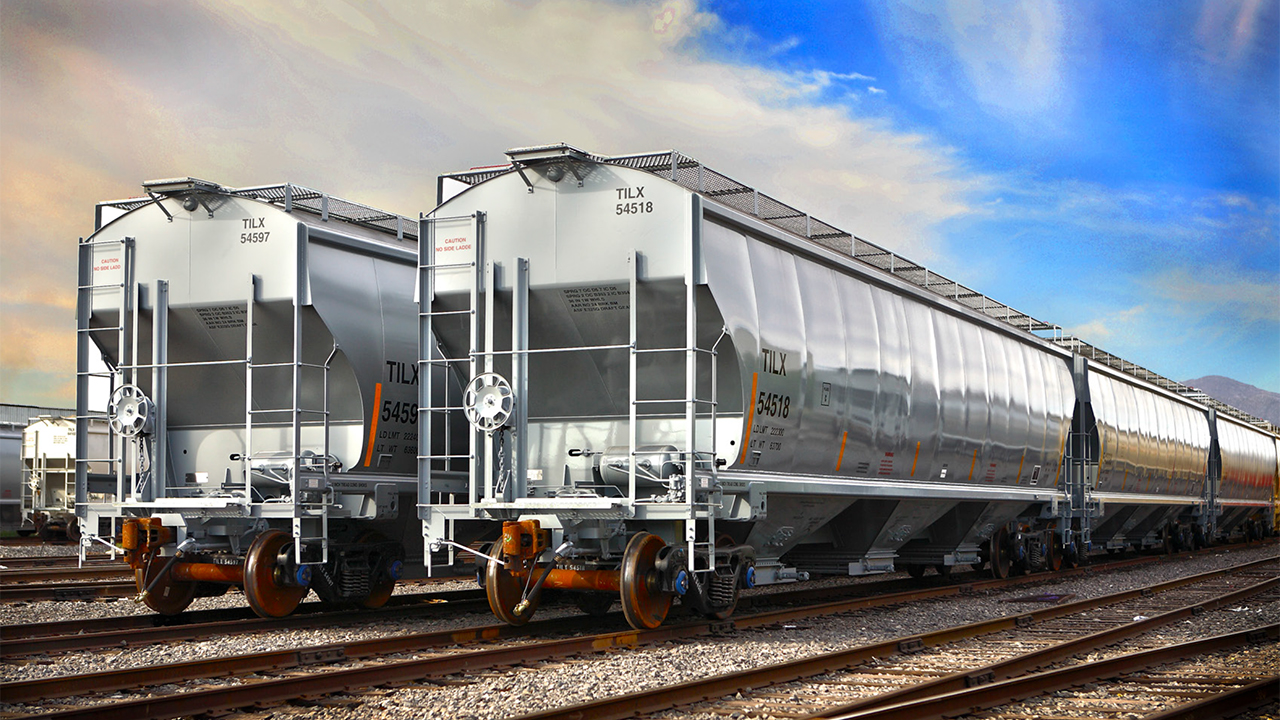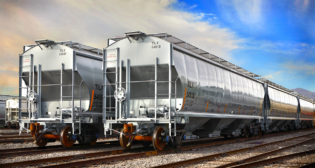
Trinity ‘Well Positioned to Navigate North American Railcar Market’
Written by Nebraska Digital, administrator
Photo courtesy TrinityRail
We spent two days in three Southeast cities with Trinity Industries CFO Eric Marchetto and head of Investor Relations Leigh Anne Mann. Management articulated what is arguably a railcar paradigm shift: a less erratic production cycle and more sustainable lease rate strength driven by the end of free money and a reduced manufacturing footprint. TRN reiterated its prioritization of returns over mere growth.
As part of its commitment to operate the business with a focus on attractive returns (12%-15% ROE), management noted that it is not seeking big production increases. Instead of the dramatic ramping up and ramping down the railcar industry has been known for historically, TRN seems intent on operating the manufacturing business in a tighter band. Since its Arcosa spinoff, TRN has indeed converted some of its manufacturing footprint to maintenance and repair facilities that help to further differentiate the leasing business (there are a couple of remaining geographies where TRN has maintenance gaps that it could try to fill with either acquisitions or partnering with someone else).
It is important to note, however, that, in addition to the industry’s rationalized manufacturing footprint, higher interest rates and steel prices as well as supply chain disruptions have limited industry production over the last three years. As such, today’s more measured build cycle is only partly attributable to steps taken by the builders. That said, some of the external factors are unlikely to go away completely.
Despite their expected easing next year, interest rates should remain elevated relative to the long era of effectively free money, something that had directed significant capital to railcar assets in search of almost any kind of yield and tax advantages. TRN sees 40K-50K units of industry production as a sustainable level for the next few years. The tightening of the industry fleet during the past three years (from 68% industry utilization in mid-2020 to ~81% today) would have typically resulted in a sharper spike in production followed by a dramatic drop.
TRN has repriced ~30% of its fleet since the FLRD (Future Lease Rate Differential) turned positive six quarters ago. With the majority of the fleet yet to reprice at higher levels, we believe lease revenue should see several consecutive years of growth even if lease rates reach a peak or even decrease mildly from the current strong levels. The average term on the lease fleet is ~3 years, but this year the company has averaged 55 months. Historically, 30%-40% of TRN’s production is for its lease fleet. This year it is closer to 20%.
TRN’s fleet is 12 years old on average and fairly diverse. The company focuses on leasing to industrial shippers because they value full leases. The railroads largely want net leases because they have their own maintenance and repair shops. Management remains comfortable with its 60%-65% LTV (Loan to Value) range on the lease fleet.
Although below last year, railcar inquiries remain fairly solid. Some tightness continues in certain car types, but major shortages appear to have been alleviated.
Management noted that border disruptions persist, but the response from the various stakeholders seems a bit better than in the third quarter. Longer term, infrastructure investments by Ferromex are needed.
TRN is well positioned to navigate the North American railcar market through its manufacturing business and leasing operation in the intermediate to long term. Industry fundamentals continue to improve. We rate TRN Outperform.



